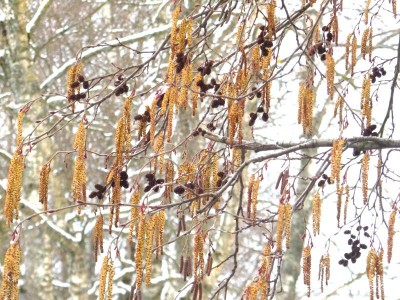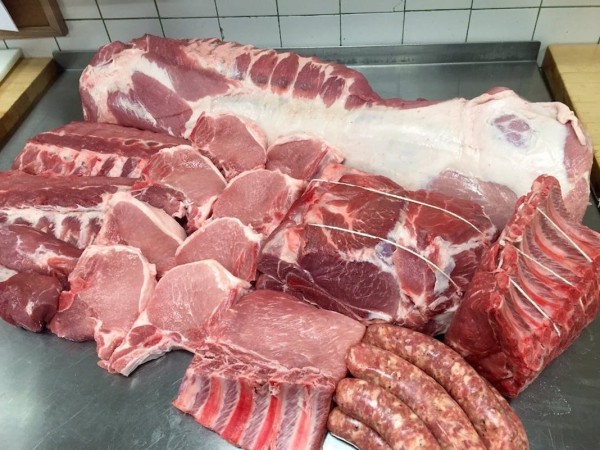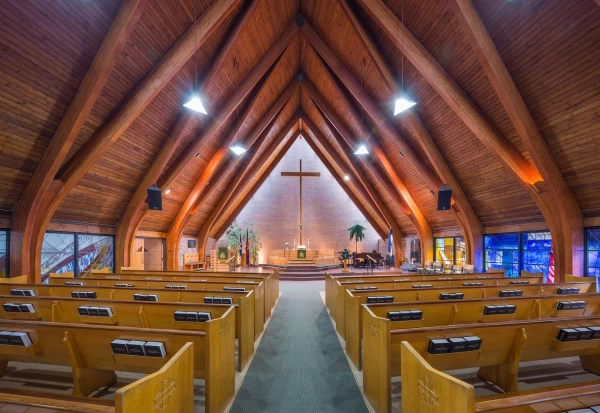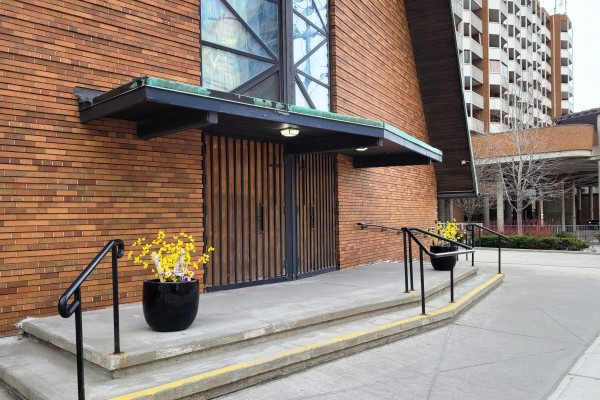
The most decked out tree du jour Estonian Life
Eestlased Eestis | 09 Apr 2017 | EL (Estonian Life)Eesti Elu
Catkins (urvad) AND “cones” (käbid)?! Indeed. It’s a LEPP. Also known as an alder.
Pussy willows get all the attention in the spring. Cute and soft and perfect for putting in a vase. In Estonian, they’re paju/tibud (willow chicks) or paju/kiisud (willow kitties). But what about that tree decked out in dangling catkins (urvad)? No, not the kask (birch) in the background, although they have urvad as well and the two species are related; they both belong to the birch family kaselised, which also includes the nut-bearing sarapuu (hazel).
Have you noticed there’s a leht/puu (deciduous tree) with tiny “cones”? This is it. The beautiful eye-catching lepp, right now on Ketraja (Spinner) Street in Põhja-Tallinn. Ok, they’re not officially käbid, they’re also urvad (catkins) which have become woody, so to speak. In Estonian, they are said to be käbijad urvad (cone-like catkins).
Dangling urvad are male flowers (singular isas/õis, isas/urb) with tolmukad (stamen), which produce the yellow powder that is õie/tolm (“blossom dust”!) aka pollen. Tolmutamine is pollination, not to be confused with tolmu võtmine, the act of removing dust by humans. Tolmu/imeja (“dust sucker”) is a vacuum cleaner.
The female flowers emas/õied are initially short, upright and green. During the autumn they become dark brown to black and hard, somewhat woody and superficially similar to small conifer (okas/puu) cones. “They last through the winter and small winged seeds are mostly scattered the following spring. The seeds are flattened reddish-brown nuts edged with webbing filled with pockets of air. This enables them to float for about a month, which allows the seed to disperse widely.” (Wikipedia) So the cones are little boats for the seeds – kaval! Sneaky! The hardened catkins are used to sooth digestive problems when left to steep in warm water. Now I understand why I saw two older women collecting lepa/käbid in mid-February in the Meri/metsa forest...
There are two types of alder in Eesti: the smaller hall lepp (grey alder) with grey bark, which often forms large stands of bush and the sanglepp (common, black, European alder), with dark bark which can grow to be massive. Lepa/puit (wood) is spectacular when cut. In the case of black alder, the initially pale wood turns yellow, then orange and finally even pink/violet. Grey alder wood turns a deep orange. This pigment has been used by many cultures for tanning skins. The wood of the black alder is also used to make fine furniture and musical instruments. It’s also spectacular now and soon its lehe/pungad (leaf buds) will glow a spectacular lilla (violet) in the sun. Quite showy, especially against a blue sky backdrop...
Riina Kindlam, Tallinn
Eestlased Eestis
TRENDING




























